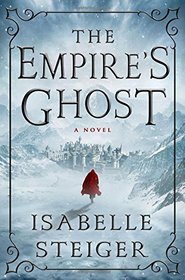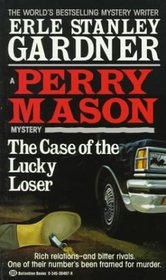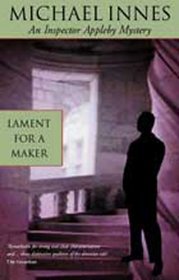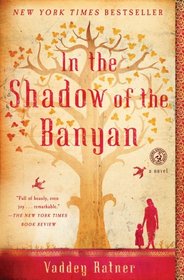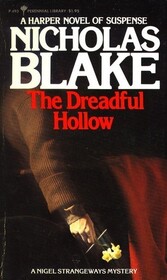The Empire’s Ghost by Isabelle Steiger
Review by Mirah W (mwelday)
I don’t often read fantasy adventure novels, but I was looking for a new series and the synopsis for The Empire’s Ghost was unlike anything else I’ve read so I decided to give it a try and I am glad I did!
The Empire’s Ghost is an epic fantasy adventure that centers around various kingdoms seeking control over neighboring lands, but with magic and cunning rulers, who will have the upper hand and who will be victorious? As I read, I became partial to Prince Kelken, who is the underdog in this story, but who knows if I will still like him later in the series.
The imagery is quite exquisite throughout the novel and the locales seem to become characters themselves. There are a lot of characters to remember, especially since characters are referred to by more than one name or title, but after sticking with the novel, they became clearer in my mind and I could picture each one in every scene. The characters slowly reveal more and more about themselves as the novel progresses to provide more depth and understanding to their choices and actions. Magic and the use of magic is a thread throughout the plot, but does not control or distract from the plot. The ending is definitely not a conclusion but, rather, an opening to another book set in this epic world.
I am giving The Empire’s Ghost 4 out of 5 stars. My reasons for the 4 star rating are primarily the amount of time it took for me to get invested in the novel and the difficulty I had following some of the intricacies of the plot. The second half of the book definitely seemed to come together more solidly than the first half. The action was easier to follow and the characters easier to delineate. I think a multi-faceted novel like The Empire’s Ghost would have benefited from a map and character list/tree at the beginning to give the reader some perspective. For a debut novel, I think Steiger created an amazing story with memorable characters. If you are looking for a sweeping, epic fantasy to transport you to a different world, The Empire’s Ghost is the novel for you.

